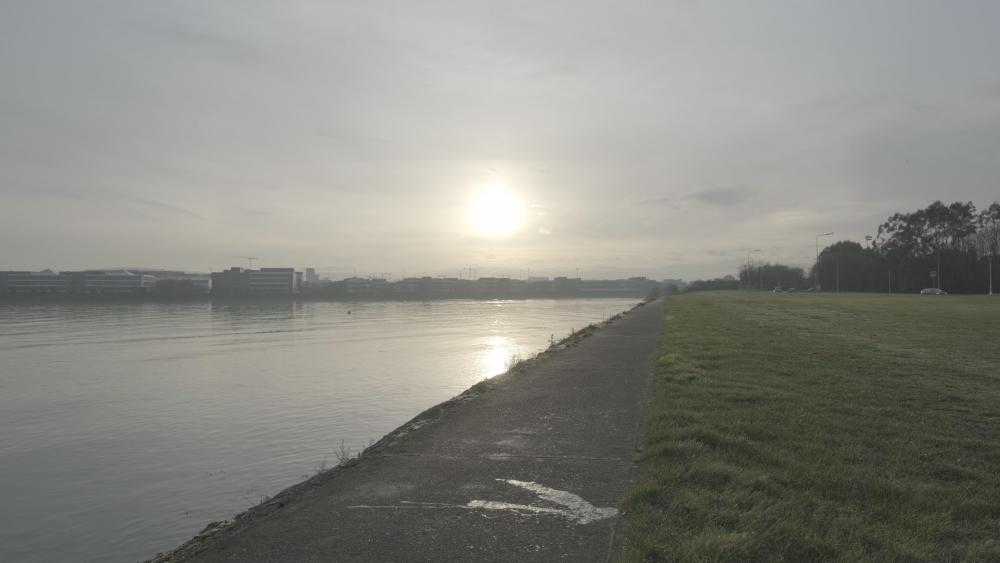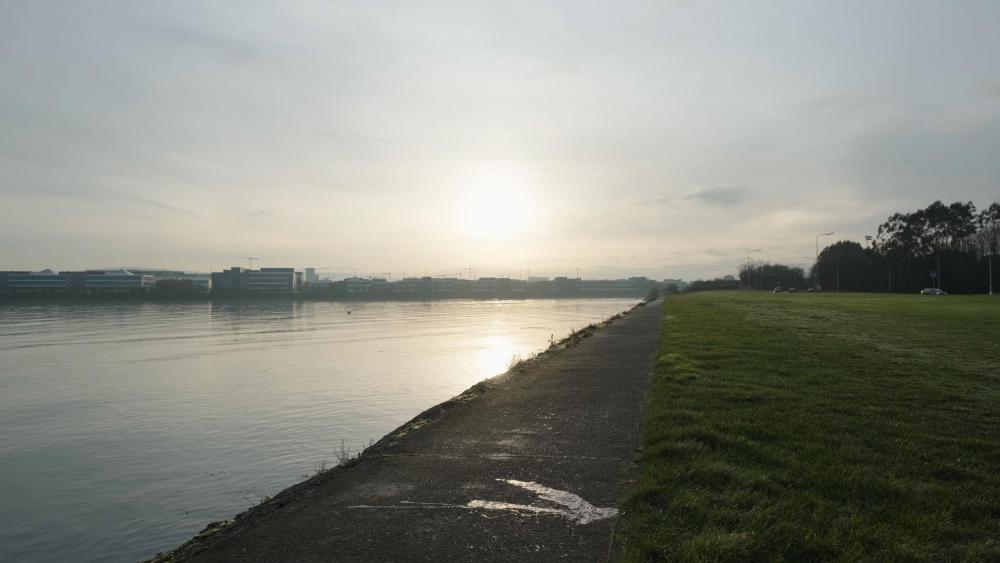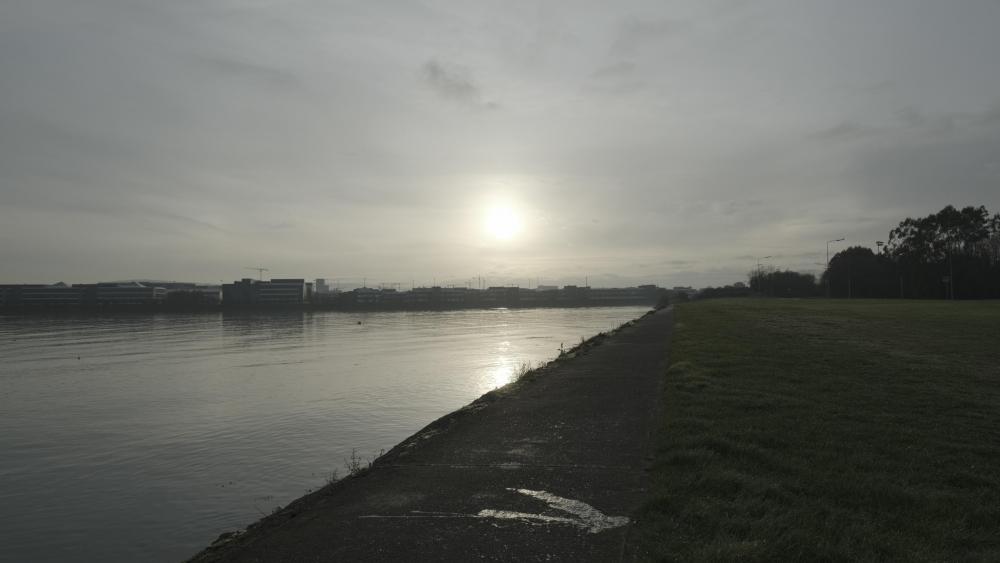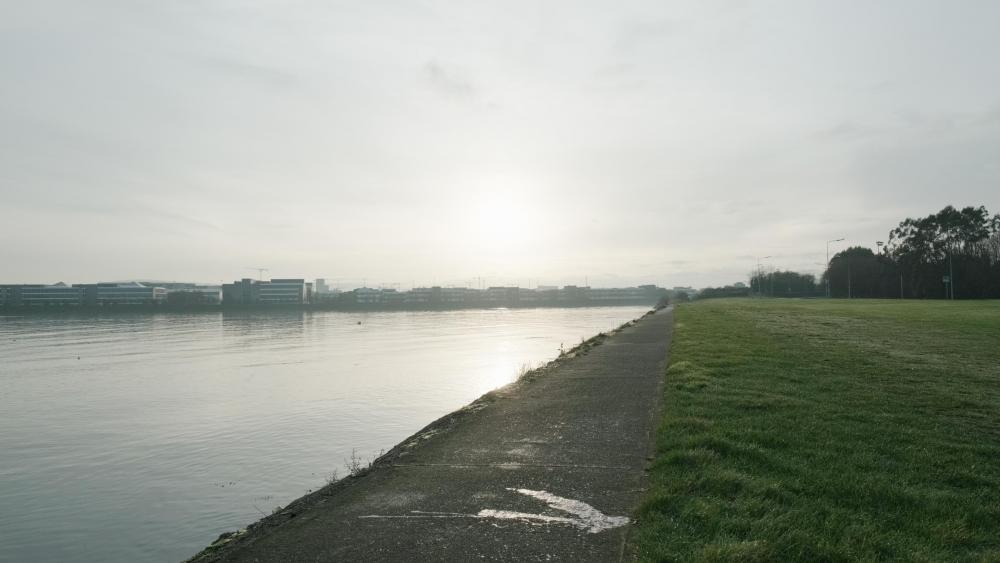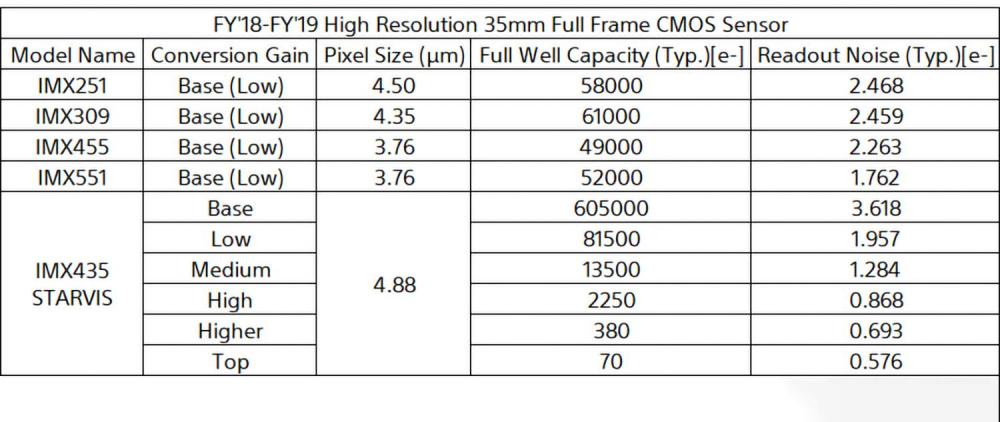
androidlad
Members-
Posts
1,215 -
Joined
-
Last visited
Content Type
Profiles
Forums
Articles
Everything posted by androidlad
-
1DX II has about 12.7 million phase detection pixels while X-T3 has "only" 2.16 million.
-
Please support your claims with empirical evidence - sample frames, exposure parameters etc.
-
https://www.itu.int/dms_pubrec/itu-r/rec/bt/R-REC-BT.2100-2-201807-I!!PDF-E.pdf As HLG is a relative standard just like BT.709, manufacturers can add their own customisation.
-
It's a minor glare caused by the metallic PDAF layer on top of the sensor, only happens when light hits the sensor in certain angles, mostly in backlit situation.
-
From LUTCalc data. HLG was not designed to be an acquisition format, the curve is extremely non-linear and hard to grade manually. I think HLG does offer a bit more shadow detail due to its efficient use of all available bits, compared to F-Log's more compressed tonal range (elevated black level). I'm really starting to like HLG more, mostly because the new colorimetry, it's more clean and neutral.
-
Yours compresses highlight to almost where skintone should be. On properly exposed F-Log materials, the default F-log to Alexa LUT work really well, you can choose Amira option for a tad more contrast. If you think it does bad things to your highlights you might be overexposed, in that case you can generate LUT sets that compensate for over/underexposure.
-
The magenta bias shows up in large gradients like sky, even in 10bit 400Mbps. It's completely absent in HLG and the codec/bitrate are exactly the same FLog_FLogGamut-AlexaX2_AlexaX2.cube
-
-
I like HLG colour. Yes HLG is less contrasty, but it can be easily added with some simple grading. I find that HLG completely removes the magenta bias that plagues F-log since it was introduced in X-T2. Also the roll off is even smoother. It's very Alexa like.
-
Went out and shot a quick comparison between X-T3 F-Log and HLG picture profiles. Camera was set to: Manual WB 5300K H.265 LongGOP 400Mbps 3840x2160 25p Sharpness -4, NR -4, Color -4 (adjustable for HLG only) Exposure matched based on each profiles base ISO F-log raw, base ISO 640, f/5.6, 1/1250s F-Log with "F-log/F-Gamut to AlexaX2" LUT, generated with LUTCalc: HLG raw, base ISO 1000, f/5.6, 1/2000s HLG with "BT.2100 HLG to AlexaX2" LUT generated with LUTCalc: Conclusion: Fujifilm decided to "rate" HLG profile's base ISO at 1000, while the underlying analog gain is the same as F-log (if you compare F-log and HLG at base ISO without compensating for exposure, the highlight DR is exactly the same). When you respect the base ISO and compensate for the exposure accordingly, HLG offers around 2/3 stop more DR in the highlights than F-log. BT.2100 HLG maps 18% grey at 22% IRE, while F-Log maps at 46% IRE. The HLG image looks significantly "darker" than F-Log and requires an aggressive LUT curve to bring it back to BT.709. Noise level in the shadow area is identical, despite the aggressive push in HLG's LUTed image. Although both F-Log and HLG were normalised to the same target colour space AlexaX2, there's a visible difference in the tonal range (they were shot less than 5 seconds apart so it has nothing to do with ambient light level.) Personally, for high contrast scenes I'd definitely use HLG over F-Log. Note that it's vital to get the exposure spot on with HLG in order to take full advantage of the expanded DR.
-
2018: is it wise buying a camera without HLG / HDR support?
androidlad replied to liork's topic in Cameras
N-log is fixed at BT.2020 http://download.nikonimglib.com/archive3/hDCmK00m9JDI03RPruD74xpoU905/N-Log_Specification_(En)01.pdf -
Z Cam E2 will have ONE HUNDRED AND TWENTY FPS in 4K??
androidlad replied to IronFilm's topic in Cameras
They announced a global shutter version. -
No it's just a neutral BT.709 look with "natural live view" feature, with 2.0 firmware the camera can send Eterna look via HDMI and record F-log internally (or the other way), but there's a bug at the moment that applies a 1.18x crop on all 4K frame rates. Yes, only in FHD high speed recording mode. But the HDMI output resolution is fixed at 4K30p, regardless of what frame rate you set in camera. Also the playback mode displays some UI element but disappear as soon as playback starts, it'll need to be manually edited out.
-
You can't put any LUT into the camera, but there's a feature called "Natural Liveview" that works as a view assist, it displays a BT.709 image on screen but records F-log.
-
-
$339 high bright 7" monitors with SDI: Feelworld vs Portkeys
androidlad replied to majoraxis's topic in Cameras
User interface is much much better on the Portkeys. -
More details about 36MP IMX435 Exmor RS sensor: 6 native ISO: ISO50 = Conversion Gain -18dB, EI +12dB, DR 17.4EV ISO200 = Conversion Gain 0dB, EI +6dB, DR 15.4EV ISO800 = Conversion Gain +18dB, EI 0dB, DR 13.4EV ISO12800 = Conversion Gain +36dB, EI +6dB ISO102400 = Conversion Gain +54dB, EI +6dB ISO1638.4K = Conversion Gain +72dB, EI +24dB A7SII sensor IMX235 only has 2 native ISO at ISO100 and ISO3200
-
Just exported a 5min sequence with all X-T3 4K 100Mbps HEVC clips to 7Mbps 10bit HEVC using "hardware encoding" option in Premiere. The export took 7min03sec, using Intel Iris Plus 640 iGPU.
-
In Premiere CC 2019, with compatible Intel CPU or Nvidia GPU/NVENC, 10bit HEVC decoding and encoding are lightning fast.


